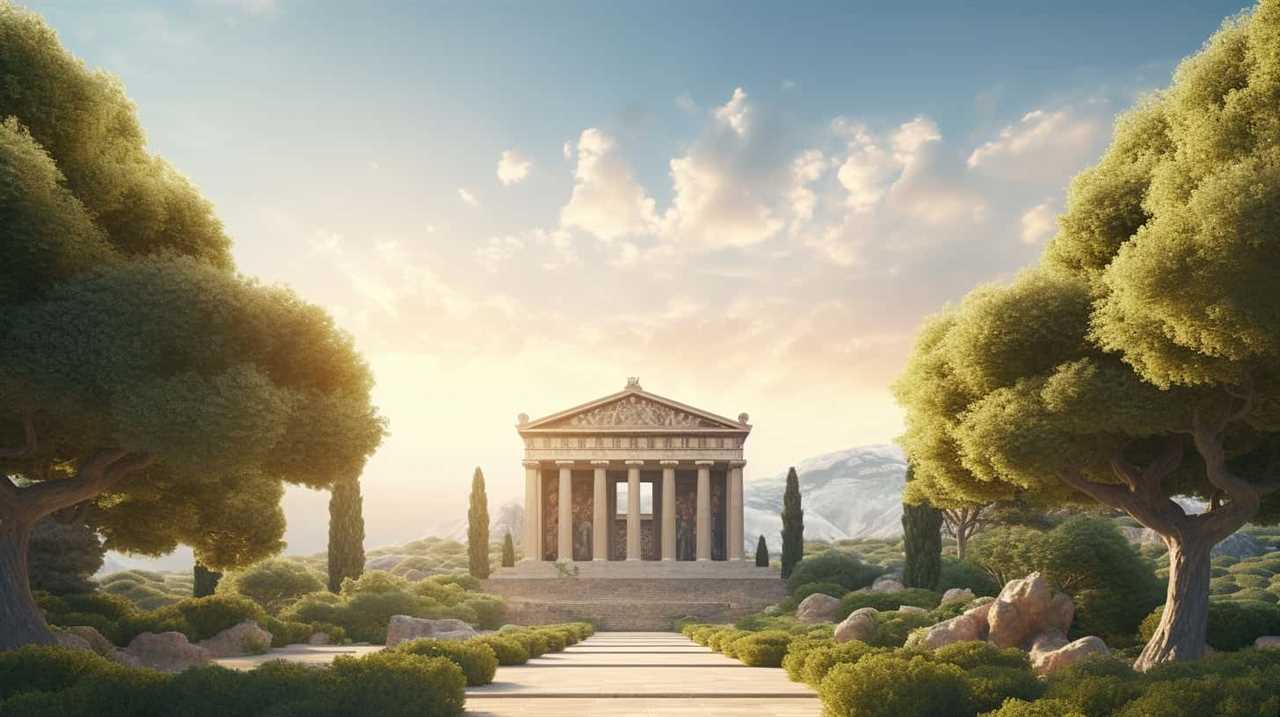In our pursuit of excellence, we’ve found that the insights from ancient Greek philosophy remain profoundly applicable in contemporary life. Drawing inspiration from the eternal wisdom of Socrates, Aristotle, and other eminent philosophers, we’re excited to share with you 13 contemporary strategies to enhance your life.
Through self-reflection, we unveil the importance of understanding ourselves and our place in the world. By cultivating virtuous character, we strive to become the best versions of ourselves.
Finding balance in life’s pursuits allows us to harmonize our passions and responsibilities. Embracing the power of reason empowers us to make informed decisions.
Mindfulness and gratitude help us appreciate the present moment and cultivate inner peace. Seeking knowledge and wisdom fuels our personal growth.

Embracing change and adaptability enables us to thrive in an ever-changing world. And finally, living a purposeful and fulfilling life is the ultimate goal we strive for.
Join us as we embark on this journey of transformation, guided by the wisdom of the ancient Greeks.
Key Takeaways
- Self-reflection is crucial for personal growth and understanding oneself
- Cultivating virtues and moral values leads to a virtuous character
- Balancing ambition and contentment is essential for fulfillment
- Embracing change and adaptability fosters resilience and success
The Importance of Self-Reflection
Self-reflection is essential for our personal growth and development as individuals. The power of introspection lies in its ability to provide us with a deeper understanding of ourselves and the world around us. By taking the time to reflect on our thoughts, emotions, and actions, we can gain valuable insights that can lead to personal transformation and growth.
Finding clarity through self-reflection is a process that requires both honesty and courage. It involves examining our beliefs, values, and motivations, and questioning the assumptions that we hold about ourselves and others. Through this process, we can uncover hidden biases, identify areas for improvement, and gain a clearer sense of our purpose and direction in life.

Self-reflection also allows us to become more aware of our strengths and weaknesses. By identifying our strengths, we can leverage them to achieve our goals and contribute to the world in a meaningful way. On the other hand, recognizing our weaknesses gives us the opportunity to work on them and become better versions of ourselves.
In today’s fast-paced and often chaotic world, taking the time for self-reflection may seem like a luxury. However, it’s a necessary practice if we want to live a life of purpose and fulfillment. By making self-reflection a priority, we can cultivate a deeper sense of self-awareness, enhance our decision-making abilities, and ultimately lead more meaningful and fulfilling lives.
Cultivating a Virtuous Character
To truly cultivate a virtuous character, we must strive for excellence in our thoughts, actions, and interactions with others. Developing moral values and cultivating virtues are essential aspects of this endeavor. Here are four key principles to consider:
- Self-awareness: Understanding our own strengths and weaknesses is crucial in cultivating virtue. By recognizing our flaws, we can work towards improving ourselves and aligning our actions with our values.
- Mindfulness: Being present and fully engaged in each moment allows us to make conscious choices that align with our moral values. By practicing mindfulness, we can avoid impulsive reactions and act with integrity.
- Empathy: Cultivating empathy enables us to connect with others on a deeper level. By putting ourselves in someone else’s shoes, we develop compassion and understanding, fostering virtuous relationships and promoting harmony in our interactions.
- Perseverance: Developing a virtuous character requires ongoing effort and dedication. It’s a lifelong journey that requires resilience and determination. By continually striving to improve ourselves, we can make progress in cultivating virtues and becoming the best version of ourselves.
Finding Balance in Life’s Pursuits
Finding balance in life’s pursuits is a delicate art that requires careful consideration.

Work-life equilibrium is essential in order to avoid burnout and maintain overall well-being.
Work-Life Equilibrium
In our pursuit of a balanced life, we strive to achieve harmony between our work and personal endeavors. Achieving work-life equilibrium is essential for our overall well-being and productivity.
Here are four key strategies to help us find that elusive balance:
- Prioritize self-care: Taking care of our physical, mental, and emotional health is crucial. Regular exercise, quality sleep, and practicing mindfulness can help manage stress and increase resilience.
- Set boundaries: Establish clear boundaries between work and personal life. Define specific times for work-related activities and dedicate uninterrupted time for family, hobbies, and relaxation.
- Delegate and ask for help: It’s important to recognize that we can’t do everything alone. Delegate tasks at work and seek support from family, friends, or colleagues to ease the burden.
- Practice effective time management: Plan and organize your time effectively to maximize productivity and minimize stress. Utilize tools such as calendars, to-do lists, and prioritization techniques to stay focused and avoid overwhelm.
Prioritizing Personal Fulfillment
We can achieve work-life equilibrium by prioritizing personal fulfillment and striking a harmonious balance in our pursuits.

In our modern society, we often prioritize external achievements and material success over our own well-being and inner fulfillment. However, by focusing on self-care practices and finding our true passion, we can create a life that’s both fulfilling and balanced.
Self-care practices, such as mindfulness meditation, exercise, and spending quality time with loved ones, help us nurture our physical, mental, and emotional well-being.
Additionally, finding our passion and pursuing activities that bring us joy and fulfillment can enhance our overall sense of purpose and satisfaction.
By prioritizing personal fulfillment, we can cultivate a life that’s truly aligned with our values and desires.

Transitioning into the next section, let’s now explore the importance of balancing ambition and contentment.
Balancing Ambition and Contentment
To strike a harmonious balance in life’s pursuits, it’s essential for us to embrace both ambition and contentment. Balancing ambition and contentment allows us to find fulfillment in simplicity, achieving success while also appreciating what we already have.
Here are four key insights on how to achieve this delicate equilibrium:
- Define your values: Take the time to reflect on what truly matters to you. Understand your core values and align your ambitions with them. This will prevent you from pursuing empty goals and help you find contentment in your pursuits.
- Set realistic goals: Ambition shouldn’t be synonymous with chasing unattainable dreams. Set realistic and achievable goals that challenge you without overwhelming you. This way, you can maintain a sense of contentment while still striving for growth.
- Practice gratitude: Cultivate a mindset of gratitude for what you have accomplished and what you currently possess. Acknowledging your achievements and expressing gratitude for them will help you find contentment in the present moment.
- Embrace the journey: Instead of solely focusing on the end result, learn to appreciate the process and embrace the journey. Finding joy and fulfillment in the pursuit of your ambitions will help you strike a balance between ambition and contentment.
Embracing the Power of Reason
When it comes to making decisions, logic should be our guiding principle. By embracing the power of reason, we can analyze situations objectively, weigh the pros and cons, and make informed choices.
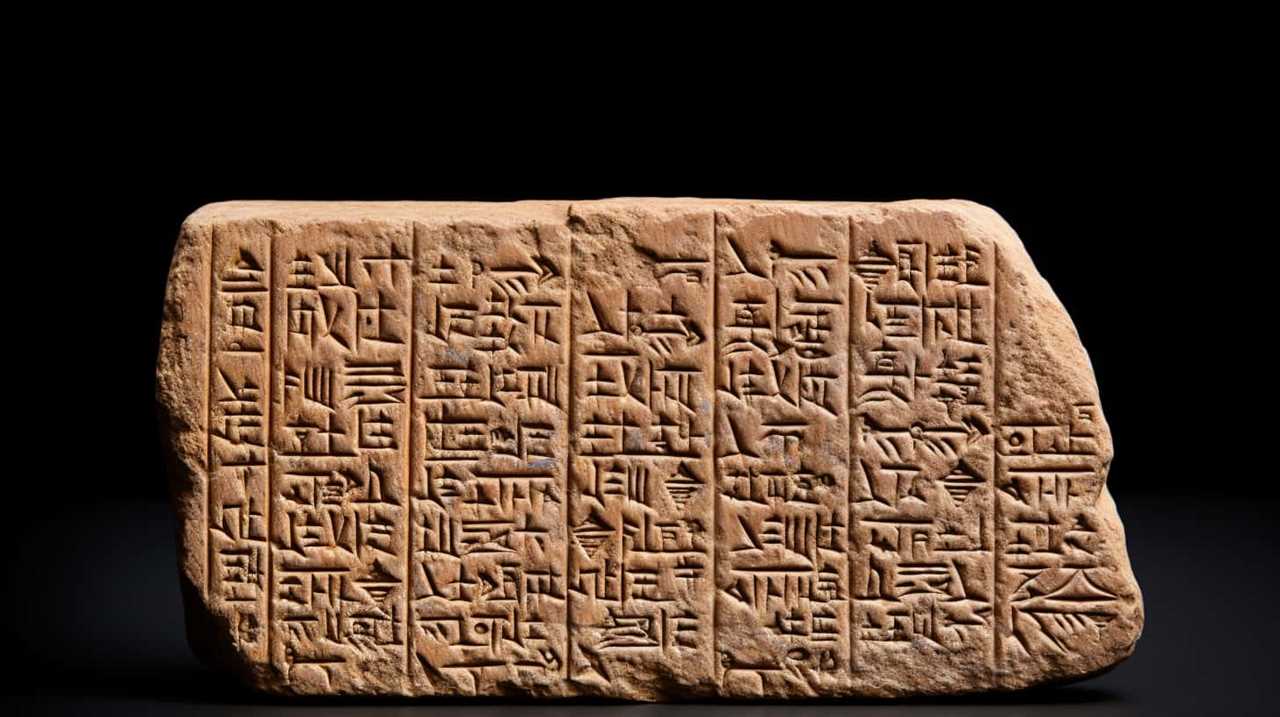
However, in a world driven by emotions, it can be challenging to prioritize rationality over our feelings. Therefore, it’s essential to cultivate critical thinking skills that allow us to navigate complex situations with clarity and reason.
Logic in Decision-Making
One essential aspect of decision-making is harnessing the power of reason through logical thinking. Logical reasoning allows us to navigate through complex situations and make informed choices.
When incorporating logic into the decision-making process, there are four key principles to keep in mind:
- Identify and analyze the problem: Clearly define the issue at hand and gather all relevant information. Break it down into smaller components to better understand its complexity.
- Evaluate alternatives: Consider all possible options and weigh their pros and cons. Assess the potential outcomes and their implications before making a decision.
- Utilize deductive reasoning: Use logical deductions to draw conclusions based on available evidence. Evaluate the validity of your assumptions and ensure they align with the facts.
- Consider long-term consequences: Think beyond immediate gratification and consider the long-term effects of your decision. Anticipate potential risks and benefits to make a more well-rounded choice.
Rationality Over Emotions
As we consistently prioritize rationality over emotions, we’re able to fully embrace the power of reason in our decision-making process.

Rational decision making involves using logical and analytical thinking to evaluate options and make choices based on facts and evidence. It allows us to assess the pros and cons, consider long-term consequences, and make decisions that align with our goals and values.
In contrast, decisions driven solely by emotions can be impulsive and short-sighted. Emotional intelligence plays a crucial role in this process, as it enables us to understand and regulate our emotions, as well as recognize and empathize with the emotions of others.
Cultivating Critical Thinking
To truly cultivate critical thinking and embrace the power of reason, we must actively engage with the diverse perspectives and ideas that challenge our own. Developing analytical skills and fostering curiosity are essential in this process. Here are four key steps to help us navigate the path of critical thinking:
- Question assumptions: We must challenge our own beliefs and examine the underlying assumptions that shape our thinking. By doing so, we open ourselves up to new possibilities and expand our understanding.
- Seek alternative viewpoints: Actively seeking out diverse perspectives allows us to break free from our own echo chambers and consider different angles. This helps us develop a more well-rounded and nuanced understanding of complex issues.
- Evaluate evidence: Critical thinking requires us to examine the quality and reliability of the evidence presented. We must learn to distinguish between credible sources and misinformation, enabling us to make informed judgments.
- Embrace intellectual humility: Recognizing that we don’t have all the answers fosters an open mindset and a willingness to learn from others. It encourages us to continuously seek knowledge and refine our thinking.
By cultivating critical thinking, we equip ourselves with the tools to navigate the complexities of the world.

Now let’s explore how practicing mindfulness and gratitude can further enhance our lives.
Practicing Mindfulness and Gratitude
Practicing mindfulness and gratitude involves cultivating a deep awareness of our thoughts and feelings, as well as expressing appreciation for the present moment and the blessings in our lives. In today’s fast-paced and often chaotic world, it can be easy to get caught up in the whirlwind of our thoughts and emotions.
Mindful meditation provides us with a powerful tool to observe and understand our inner experiences without judgment. By practicing mindfulness, we can develop a greater sense of self-awareness and cultivate a calm and focused mind.
Gratitude journaling is another valuable practice that can help us shift our focus from what’s lacking in our lives to what we already have. It involves regularly writing down the things we’re grateful for, whether big or small. This simple act of acknowledging and appreciating the positive aspects of our lives can have a profound impact on our mental well-being. It reminds us to take notice of the beauty and abundance that surrounds us, even in the midst of challenges and difficulties.

By incorporating mindfulness and gratitude into our daily lives, we can enhance our overall sense of well-being and cultivate a more positive and optimistic outlook. These practices encourage us to slow down, be present, and savor the richness of each moment. They remind us to be grateful for the simple joys and blessings that often go unnoticed.
As we develop these habits, we become more attuned to the beauty and goodness that exist within and around us, leading to a deeper sense of fulfillment and contentment.
Nurturing Meaningful Relationships
While cultivating mindfulness and gratitude is important for personal well-being, nurturing meaningful relationships is equally essential for our overall happiness and fulfillment. Building trust and fostering connection with others not only enriches our lives, but also contributes to our sense of belonging and purpose.
Here are four key strategies to help us nurture and cultivate meaningful relationships:
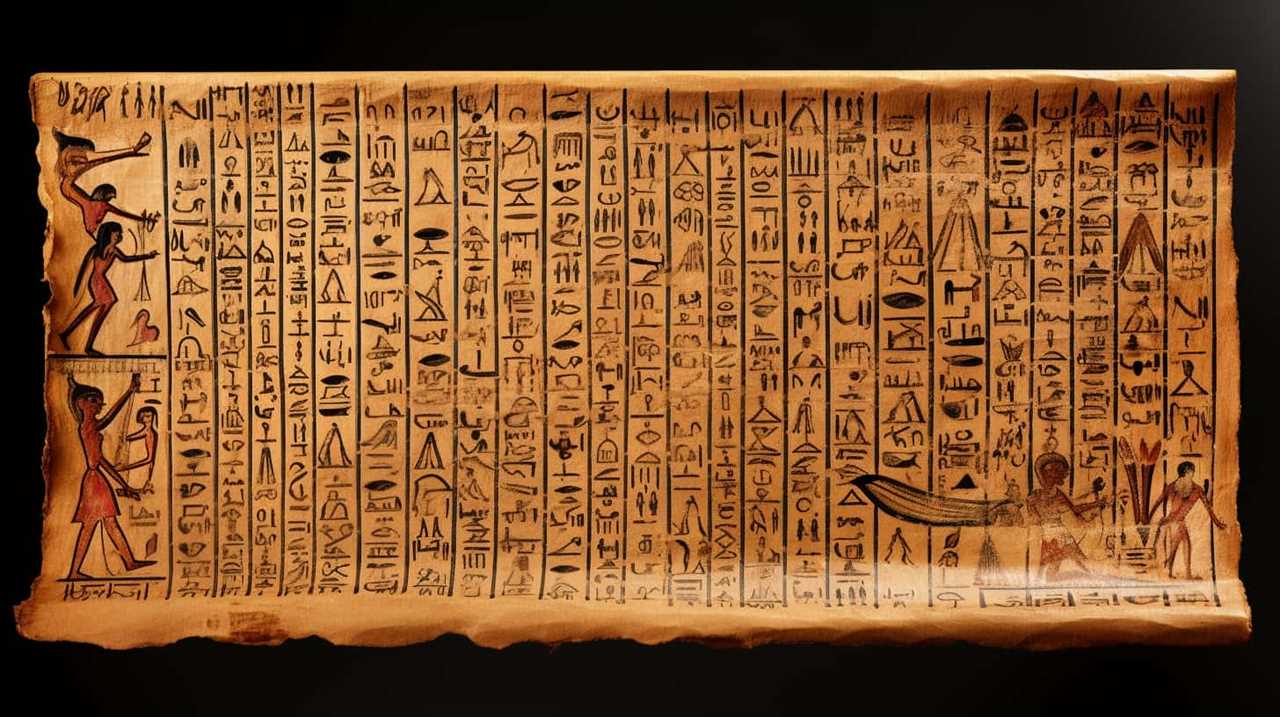
- Active Listening: Truly listening to others is a fundamental skill for building trust and fostering connection. By giving our full attention and genuinely understanding the perspectives and emotions of others, we create a safe and supportive space for open communication.
- Authentic Communication: Being honest, open, and transparent in our interactions allows us to build trust and deepen our connections with others. Authentic communication involves expressing our thoughts, feelings, and needs in a respectful and non-judgmental manner, while also being receptive to feedback.
- Empathy and Compassion: Cultivating empathy and compassion enables us to understand and relate to others’ experiences, fostering a deeper sense of connection. By acknowledging and validating their emotions, we create a foundation of trust and support.
- Quality Time and Shared Experiences: Spending quality time together and engaging in shared experiences strengthens our bonds and builds lasting connections. By creating meaningful memories and engaging in activities that align with our values and interests, we deepen our relationships and create a sense of belonging.
Overcoming Obstacles With Resilience
In building and nurturing meaningful relationships, we understand that obstacles will inevitably arise, and it is through resilience that we are able to overcome them. Resilience can be defined as the ability to bounce back from setbacks, adapt to challenges, and maintain a positive mindset amidst adversity. It is a crucial quality to possess, especially in our fast-paced and ever-changing world. So, how can we build resilience and develop strategies to navigate through obstacles?
| Resilience Strategies | Description | Benefits |
|---|---|---|
| Cultivating Self-Awareness | Understanding our strengths, weaknesses, and emotions helps us navigate challenges more effectively. | Helps us identify areas for growth and develop coping mechanisms. |
| Developing a Growth Mindset | Embracing the belief that challenges are opportunities for growth allows us to approach obstacles with a positive attitude. | Encourages perseverance and fosters a sense of personal empowerment. |
| Building a Supportive Network | Surrounding ourselves with individuals who uplift and encourage us provides a strong foundation during difficult times. | Offers emotional support, different perspectives, and shared experiences. |
| Practicing Self-Care | Taking care of our physical, mental, and emotional well-being is essential for building resilience. | Enhances our ability to face challenges and bounce back from setbacks. |
Discovering the Path to Happiness
As we navigate through life’s obstacles with resilience, we inevitably find ourselves on a quest to discover the path to happiness. In our pursuit of finding fulfillment, it’s crucial to draw inspiration from ancient Greek philosophy. The wisdom of the Greeks provides valuable insights into the nature of happiness and offers practical guidelines for achieving it.
Here are four key principles to consider:
- Cultivate Virtue: According to Aristotle, true happiness lies in living a virtuous life. By developing qualities such as courage, wisdom, and justice, we align ourselves with the highest ideals of humanity. Striving for excellence in our actions and character leads to a deep sense of fulfillment.
- Embrace Eudaimonia: Eudaimonia, often translated as ‘flourishing,’ encompasses the idea of living in accordance with one’s true nature. It involves pursuing activities that bring about a sense of purpose and fulfillment. By identifying our unique talents and passions, we can align our lives with eudaimonia and experience a profound sense of happiness.
- Practice Self-Reflection: The ancient Greek concept of ‘know thyself’ encourages us to engage in introspection and self-examination. By understanding our values, strengths, and weaknesses, we can make informed choices that lead to greater happiness. Regular reflection allows us to align our actions with our authentic selves and cultivate a sense of inner harmony.
- Foster Meaningful Connections: Humans are social beings, and our relationships play a crucial role in our happiness. Cultivating deep connections and fostering a sense of community contributes to our overall well-being. By nurturing relationships with friends, family, and our broader community, we create a support system that enhances our journey towards happiness.
Leading With Integrity and Ethics
To effectively lead with integrity and ethics, we must prioritize the values of honesty, accountability, and fairness. Leading with integrity means making ethical decisions and taking responsibility for the consequences of our actions. It requires us to act in a way that is consistent with our values and principles, even when faced with difficult choices.

Ethical decision making is a complex process that involves weighing different perspectives, considering the potential impact on stakeholders, and evaluating the long-term consequences. It requires us to be mindful of our biases and to seek input from others who may have different viewpoints. By doing so, we can make decisions that are fair and just.
In order to illustrate the importance of leading with integrity and ethics, let’s consider the following table:
| Leading with Integrity | Leading without Integrity |
|---|---|
| Builds trust and credibility | Undermines trust and credibility |
| Fosters a positive work culture | Creates a toxic work culture |
| Encourages ethical behavior in others | Sets a negative example for others |
| Enhances decision-making process | Leads to poor decision-making |
| Drives long-term success | Results in short-term gains at the expense of long-term sustainability |
By prioritizing integrity and ethics in our leadership, we can create a positive and ethical work environment that promotes trust, fairness, and accountability. This, in turn, leads to better decision-making and ultimately contributes to the long-term success of our organizations.
Transitioning from leading with integrity and ethics, we now turn our attention to the importance of seeking knowledge and wisdom.
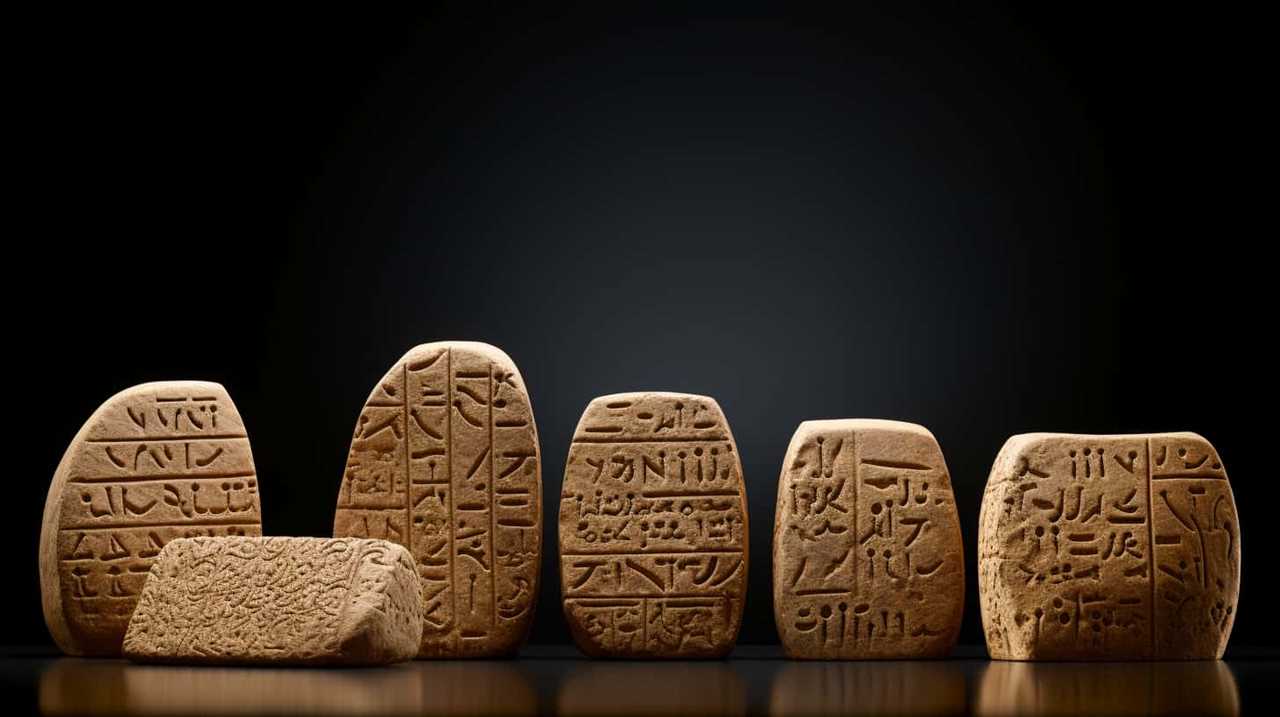
Seeking Knowledge and Wisdom
When it comes to seeking knowledge and wisdom, the value of lifelong learning and the pursuit of self-improvement can’t be overstated.
Ancient Greek philosophy teaches us that the journey towards enlightenment is a continuous one, and that we should constantly strive to expand our understanding of the world and ourselves.
Value of Lifelong Learning
How can we continuously expand our knowledge and wisdom throughout our lives? Lifelong learning holds the key to continuous growth and the fulfillment of our intellectual potential. Here are four ways to embrace a mindset of lifelong curiosity:
- Embrace a Growth Mindset: Recognize that intelligence and abilities can be developed through dedication and hard work. This mindset fosters a love for learning and a desire to constantly improve.
- Cultivate Intellectual Curiosity: Seek out new ideas, perspectives, and experiences. Ask questions, challenge assumptions, and explore diverse subjects to broaden your understanding of the world.
- Set Learning Goals: Create a roadmap for your intellectual development. Set specific, measurable, achievable, relevant, and time-bound goals to keep yourself motivated and on track.
- Engage in Continuous Learning: Actively seek out opportunities to learn, whether through books, online courses, workshops, or conversations with experts. Embrace learning as a lifelong journey and embrace the joy of acquiring new knowledge and wisdom.
Pursuit of Self-Improvement
Our pursuit of self-improvement, fueled by our desire for knowledge and wisdom, is a timeless endeavor that has been inspired by ancient Greek philosophy.
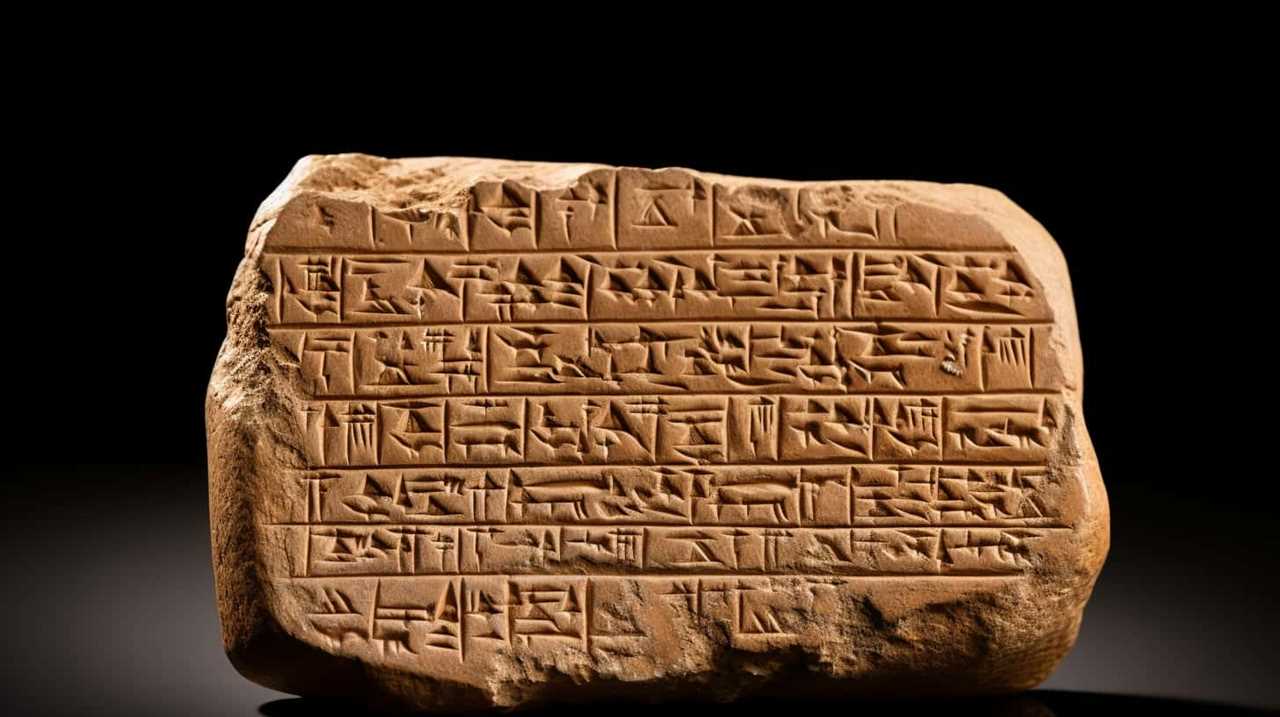
The power of self-reflection lies at the heart of achieving personal growth through self-improvement. It’s through introspection and deep contemplation that we’re able to identify our strengths and weaknesses, and consequently, take steps towards self-improvement.
By constantly seeking knowledge and wisdom, we’re able to expand our understanding of the world and ourselves. This pursuit allows us to develop new skills, broaden our perspectives, and enhance our ability to navigate the complexities of life.
Through self-improvement, we can transcend our limitations and strive for mastery in all aspects of our lives.
As we embrace the power of self-reflection and commit to the pursuit of knowledge and wisdom, we lay the foundation for personal growth and transformation.

With this mindset, we’re better equipped to embrace change and adaptability, which we’ll explore in the subsequent section.
Embracing Change and Adaptability
In the pursuit of embracing change and adaptability, we must cultivate an open mindset rooted in the wisdom of ancient Greek philosophy. The ancient Greeks believed that change was an inherent part of life, and they emphasized the importance of adapting to new circumstances. To effectively embrace change and cultivate adaptability in our relationships, we can draw inspiration from their teachings:
- Embrace impermanence: Recognize that change is inevitable and that clinging to the past can hinder personal growth. Instead, embrace the impermanence of relationships and allow them to evolve naturally.
- Practice empathy: Develop the ability to understand and share the feelings of others. By cultivating empathy, we can adapt to the changing needs and perspectives of our loved ones, fostering stronger and more resilient relationships.
- Foster flexibility: Be willing to let go of rigid expectations and adapt to new situations. Just as the ancient Greeks embraced change, we too should cultivate a flexible mindset that allows us to navigate the complexities of relationships with grace and understanding.
- Embrace uncertainty: Accept that change often brings uncertainty. Rather than fearing the unknown, view it as an opportunity for growth and learning. By embracing uncertainty, we can navigate the ever-changing landscape of relationships and adapt accordingly.
In embracing change and adaptability, we open ourselves up to the limitless possibilities that life has to offer. By cultivating an open mindset rooted in ancient Greek wisdom, we can navigate the ebb and flow of relationships with grace and resilience, ultimately leading to a deeper sense of inner peace and serenity.
Cultivating Inner Peace and Serenity
To cultivate inner peace and serenity, we can incorporate daily mindfulness practices into our lives. Developing tranquility and finding inner calm are essential for navigating the complexities of our modern world. In the pursuit of inner peace, it’s crucial to quiet the mind and become aware of our thoughts and emotions. Mindfulness allows us to observe our inner landscape without judgment, creating space for self-reflection and growth.

One way to cultivate inner peace is through meditation. By setting aside a few minutes each day to sit in silence and focus on our breath, we can train our minds to let go of distractions and find stillness. This practice helps us develop a sense of clarity and equanimity, allowing us to approach challenges with a calm and centered mindset.
In addition to meditation, incorporating mindfulness into our daily activities can also contribute to our inner peace. Whether it’s fully immersing ourselves in the present moment during a walk in nature, savoring the taste of our food, or engaging in deep listening during a conversation, these practices help anchor us in the present and cultivate a sense of inner calm.
Furthermore, cultivating gratitude can also foster inner peace. Taking the time to appreciate the simple pleasures in life and recognizing the abundance that surrounds us can shift our focus from lack to abundance, bringing a sense of tranquility and contentment.
Living a Purposeful and Fulfilling Life
We frequently strive to live a purposeful and fulfilling life by aligning our actions with our values and pursuing meaningful goals. In our quest for finding purpose and embracing passion, we can draw inspiration from ancient Greek philosophy to guide us on this journey of self-discovery and fulfillment. Here are four insights to consider:

- Reflect on your values: Take the time to identify and clarify your core values. What truly matters to you? By understanding what you value most in life, you can align your actions and decisions with these guiding principles.
- Set meaningful goals: Define your aspirations and set goals that resonate with your values and passions. When you pursue goals that are personally meaningful, you’re more likely to experience a sense of purpose and fulfillment in your daily life.
- Embrace growth and learning: Cultivate a mindset of continuous growth and learning. Seek opportunities to expand your knowledge, develop new skills, and challenge yourself. Embracing growth allows you to discover new passions and interests, adding depth and purpose to your life.
- Foster meaningful connections: Surround yourself with people who inspire and support you. Cultivate relationships that are based on shared values and mutual respect. Meaningful connections can provide a sense of belonging and purpose, enriching your life in profound ways.
Frequently Asked Questions
How Can Ancient Greek Philosophy Help in Overcoming Adversity and Building Resilience?
Overcoming adversity and building resilience are challenges we all face. Ancient Greek philosophy offers insights into the human condition, providing timeless wisdom on finding strength, cultivating inner fortitude, and thriving in the face of hardship.
What Are Some Practical Ways to Incorporate Mindfulness and Gratitude Into Daily Life?
Mindful eating and practicing gratitude in relationships are practical ways to incorporate mindfulness and gratitude into daily life. These techniques can enhance our awareness and appreciation, leading to a more fulfilling and meaningful existence.
How Can Ancient Greek Philosophy Guide Us in Finding a Balance Between Work and Personal Life?
In finding purpose and achieving harmony between work and personal life, ancient Greek philosophy offers valuable insights. By examining concepts such as Stoicism and Aristotle’s concept of eudaimonia, we can explore practical ways to strike a balance and live a fulfilling life.
What Are the Key Principles of Leading With Integrity and Ethics According to Ancient Greek Philosophy?
In leading with integrity and ethics, ancient Greek philosophy offers profound principles. It reminds us to prioritize honesty, fairness, and moral character. By staying true to these ideals, we can inspire trust and create a positive impact in our personal and professional lives.

Can Ancient Greek Philosophy Provide Insights on How to Navigate and Embrace Change in Our Lives?
Navigating and embracing change in our lives can be challenging, but ancient Greek philosophy can offer valuable insights. By finding meaning in the midst of uncertainty, we can cultivate resilience and adaptability.
How Can Ancient Greek Philosophy Influence Modern Tips for Living?
Ancient Greek philosophy has had a lasting impact on modern tips for living, with Socratic and Platonic inspirations shaping our understanding of ethics, self-reflection, and the pursuit of wisdom. These teachings promote critical thinking and questioning assumptions, offering valuable insights into how to live a more examined and fulfilling life.
Conclusion
In the vast depths of our minds, the wisdom of ancient Greek philosophy still resonates, guiding us towards a more fulfilling and purposeful existence. Like a beacon in the night, these timeless teachings illuminate our path, reminding us to reflect, cultivate virtue, seek balance, and embrace reason.
Through mindfulness and gratitude, we unlock the hidden treasures of knowledge and wisdom, allowing us to adapt to life’s ever-changing currents. In this pursuit, we find inner peace, serenity, and the true essence of a meaningful life.
Lauren’s talent in writing is matched by her passion for storytelling. Her love for books and deep understanding of culture and entertainment add a distinct flavor to her work. As our media and press contact, Lauren skillfully bridges the gap between afterQuotes and the broader media landscape, bringing our message to a wider audience.




